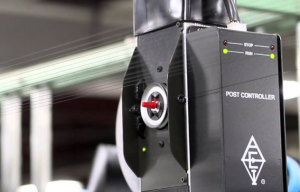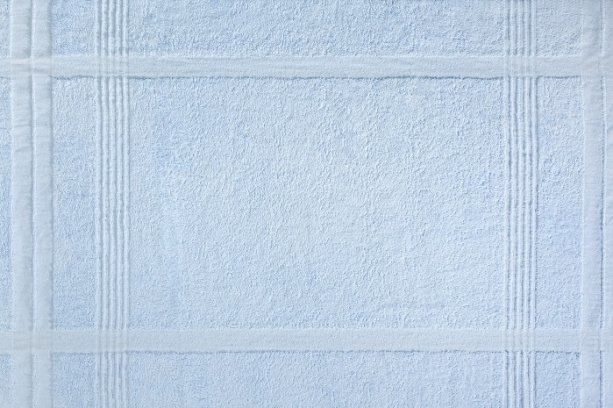
Karl Mayer acquires YTC yarn tensioner technology
Thanks to the EL control system, and particularly to the repeat function, the length of the hand towels can be changed very quickly.

17th March 2017
Knitting Industry
|
Obertshausen
Karl Mayer was showing the TM 4 TS EL terry tricot machine at the last ShanghaiTex trade fair in June 2015. According to the leading, Germany-based manufacturer, it thus ended a period when no terry tricot machines for processing cotton had been introduced onto the market.
This new machine is extremely efficient and is proving itself well on the market, the company reports. The high speed of the TM 4 TS EL is said to be particularly evident when producing bath towels and robes with loop-free stripes and long repeats.
The modern EL system is designed to enable this terry tricot machine to produce large fabric webs with flat sections and hems in the lengthwise and crosswise directions at a production rate that is 30% higher than its predecessor, the KS 4 FBZ.
Increasing the working width from 136" to 186" has increased output even more, according to the manufacturer. When producing bordered hand towels, the EL pattern drive enables loop-free stripes in the horizontal direction to be produced. On the other hand, the vertical stripes are formed by the threading-in arrangement and the lapping, and are produced on the principle of impeded loop formation. Ground guide bars, GB 1 and GB 4, are threaded with the loop-forming yarn system according to the conventional arrangement for terry warp knitting machines of 1 in 1 out.
GB 2 and GB 3 work the ground with a pillar stitch/weft combination. The threading arrangement of 1 in 1 out in the fleecy sections means that the yarns from GB 1 and GB 4 are only tied in by the pillar stitch construction in every second course, and are otherwise pressed off as loops on both sides of the fabric. If, for example, no loops are formed at the side edge of the towel, tying-in has to take place in every course – by the full threading-in arrangement of GB 2. Therefore, to produce terry goods with flat sections, the machine has to be set up with a threading arrangement to suit the pattern.
According to Karl Mayer, the TM 4 TS EL can suit every company strategy for producing terry goods on the basis of tried-and-tested principles. “In this case, there are two general approaches,” the company explains. “On the one hand, there is the production of heavy fabrics for the high-end segment, where high demands are placed on durability. This innovative four-bar terry tricot machine can produce fabrics having weights of up to 600 g/m².”
“On the other hand, some manufacturers specialise in producing textiles having low weights and less dense constructions. When producing lightweight terry goods, the high loop stability of warp-knitted fabrics compared to woven fabrics is a particular advantage. Generally speaking, the loop stability of warp-knitted terry fabrics is quite unique - thanks to the stitch tying-in arrangement.”

Business intelligence for the fibre, textiles and apparel industries: technologies, innovations, markets, investments, trade policy, sourcing, strategy...
Find out more